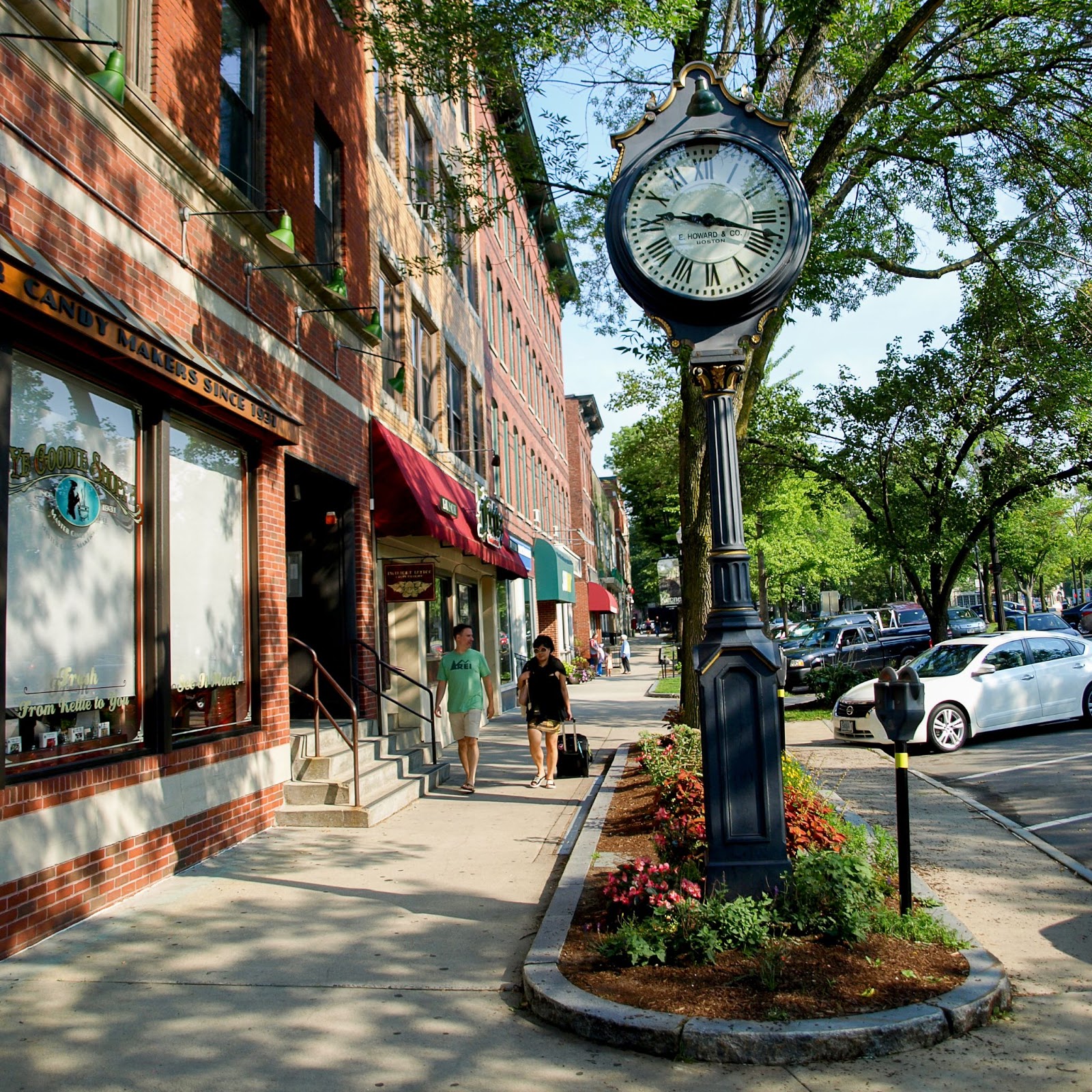 When people think of New Hampshire, they often think of the first state in the presidential primary cycle. What they don’t think about is how the state is the 23rd most connected state in the country. For some communities, this means that access to a robust broadband connection is well within reach. Others, however, may not have the broadband access necessary to meaningfully participate in the services that have moved online since the start of the pandemic.
When people think of New Hampshire, they often think of the first state in the presidential primary cycle. What they don’t think about is how the state is the 23rd most connected state in the country. For some communities, this means that access to a robust broadband connection is well within reach. Others, however, may not have the broadband access necessary to meaningfully participate in the services that have moved online since the start of the pandemic.
In May 2020, five Next Century Cities members met with then Commissioner Jessica Rosenworcel, now acting Chair of the Federal Communications Commission. Rebecca Landry, IT Director and Assistant City Manager for Keene, New Hampshire, participated in the discussion and highlighted how the low population density of her community made it difficult to attract broadband service providers.
Since then, Ms. Landry noted that Governor Sununu has signed a bill into law that would allow municipalities to use general obligation bonds to fund municipal broadband projects. Municipally-funded broadband, provided in part or in full, may be the only way that New Hampshire residents in remote communities obtain reliable and affordable broadband access. Under the 2018legislation, communities would be able to issue bonds in unserved areas after issuing a required request for information.. Ms. Landry also explained that, while Keene does have two residential internet service providers, “cost and entry point fees have been high because of the lack of competition.”
Like other areas in New Hampshire, there are portions of Keene which simply do not have Internet access at all. Ms. Landry stated plainly, “I’ve heard from authors and doctors and parents of college students who are trying to do their last year of college during COVID, and just couldn’t because they didn’t have broadband.” She conceded that in some Keene neighborhoods where the residential density falls just short of the Cable Franchise minimum density threshold to require an extension of cable TV services, the local cable company recently agreed to deploy service to unserved homes regardless of funding availability that may otherwise become available via grants. This promises to successfully connect many homes that otherwise would have been left offline.
Ms. Landry also described why pole access makes exploring municipal broadband options a challenge.
“We have to apply for pole access, pay an annual pole fee, and go through the make-ready and site survey process just like any telecom provider. Not having automatic access to the poles and having to act like a provider is just ridiculous. Municipalities provide public land for the utility pole and they pay ten dollars once for access to that land in perpetuity for those poles.”
Looking to the future, Ms. Landry is hoping to begin the process of introducing smart city applications to Keene. “Knowing when pedestrian, bike, or vehicle traffic is heavy, for example, and how we can create and plan around when people spend more or less time downtown would be helpful. It’s about influencing behaviors in a way that positively impacts the economy and our community’s environment,” Ms. Landry stated.
There are still challenges that Keene faces in getting all of their community members online that go far beyond access to service. Nevertheless, they are committed to improving broadband access and continually searching for ways to adopt new technologies that improve the lives of both residents and visitors.
